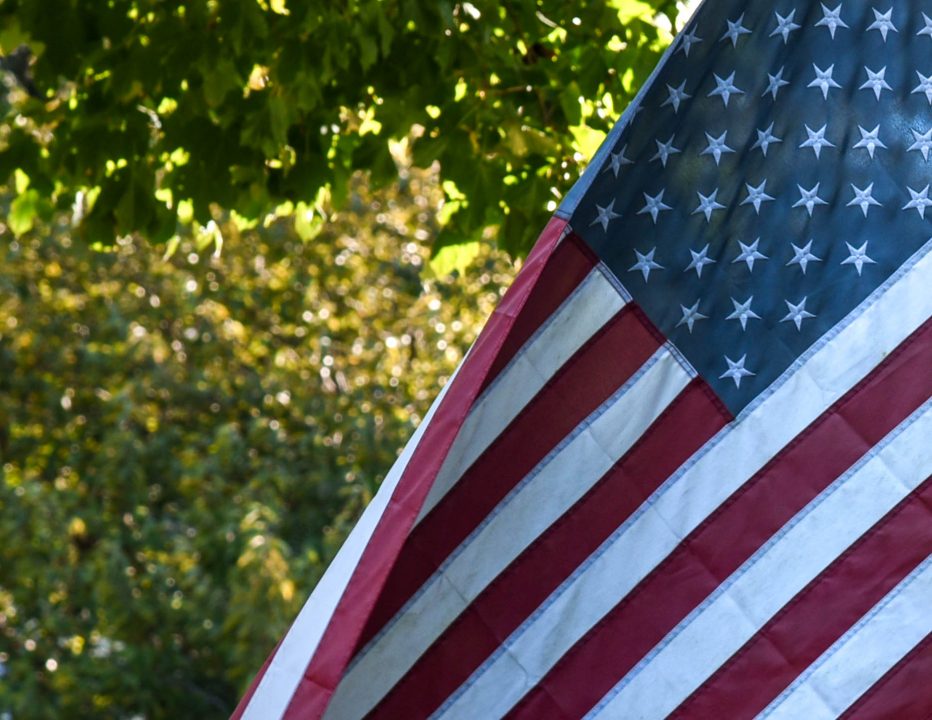Staff Editorial
Compiled by the Retriever Weekly Staff
In just two weeks Maryland voters will hit the polls to elect a new Governor. Voters will choose between Anthony Brown, a Democrat and Lieutenant Governor under Gov. Martin O’Malley, and Larry Hogan, a Republican business owner and Cabinet Secretary under former Gov. Robert Ehrlich.
Despite being the Democratic candidate in a deep-blue state, Brown is not a lock to win the election. In a recent poll conducted by the Baltimore Sun, Brown leads Hogan by seven points, but the article notes that “a quarter of Brown’s supporters said they could change their mind.”
Brown is seen as a less than exciting candidate for many Democrats, and is best known for his handling of the botched rollout of the Maryland health care exchange website. The site crashed on the day of its unveiling and has cost the state millions in repairs.
Hogan has harped on the failed exchange site and the state of the economy under O’Malley and Brown in debates. The Republican candidate has stated that 8,688 businesses have left the state while O’Malley has been in office, and that the majority of Fortune 500 companies based in Maryland have relocated since O’Malley first took office. An investigation by the Sun found the latter statement to be false.
Hogan also pushed Brown for not attracting hydraulic fracturing to Western Maryland. Both candidates have said they are interested in bringing fracking to Maryland, but Brown is more concerned about the environmental impacts than Hogan, who wants to repeal environmental protections passed under O’Malley that he believes inhibits the agricultural industry.
Repealing recent tax hikes are a main point in Hogan’s agenda. As a recent profile in the Sun put it, “[Hogan] contends he can eliminate billions of dollars of waste in state government while leaving vital programs unscathed.” UMBC professor of public policy Donald F. Norris is quoted in the article as calling the claim, “utterly impossible.”
Economic policy is one area that tends to sway Maryland voters.
In his weekly column for the Sun, UMBC professor and chair of the American Politics program Thomas F. Schaller noted that each candidate needs to entice, “women willing to hear out either party’s nominees on economics, provided they are not first turned off by what they deem unacceptable views on social issues like abortion.” Hogan isn’t interested in fighting Democrats on social issues, and is more focused on the economy.
In a largely Democratic state, Brown would presumably hold an advantage, but Hogan has an involved following. Brown needs to convince Democrats to vote in November, something he was largely unable to do during the primary elections.
Only 22 percent of eligible voters participated in the primary elections, which the Washington Post noted, “is higher than some had predicted but still a new low for [Maryland].”
Brown made his strongest attempt yet to energize his Democratic base this weekend when President Barack Obama visited Prince George’s County to campaign for Brown. “Go find your friends to vote. Get your cousin to vote. Get your uncle to vote,” he said. It was clear that Democrats realize what they need to do to put Brown in the governor’s mansion.
Whether or not a visit from the President will be enough to get voters out to the polls will remain to be seen.

